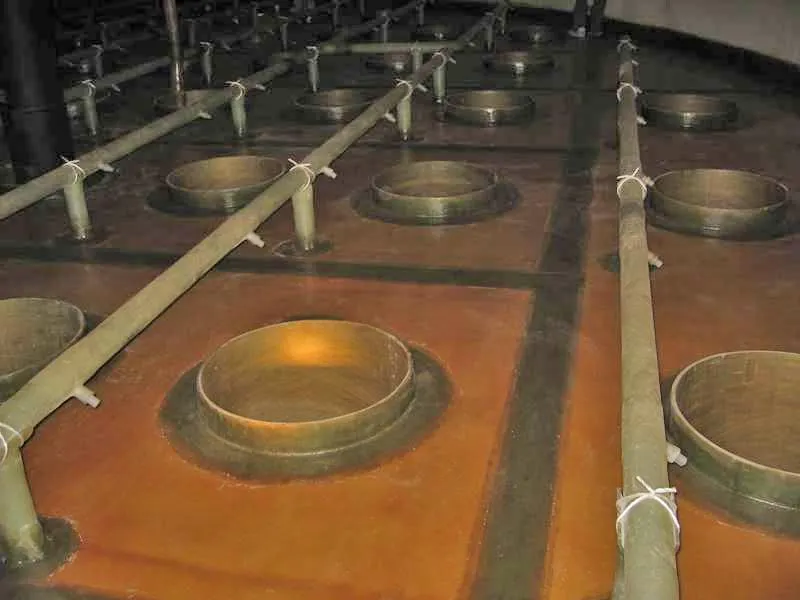
-
 Afrikaans
Afrikaans -
 Albanian
Albanian -
 Amharic
Amharic -
 Arabic
Arabic -
 Armenian
Armenian -
 Azerbaijani
Azerbaijani -
 Basque
Basque -
 Belarusian
Belarusian -
 Bengali
Bengali -
 Bosnian
Bosnian -
 Bulgarian
Bulgarian -
 Catalan
Catalan -
 Cebuano
Cebuano -
 China
China -
 China (Taiwan)
China (Taiwan) -
 Corsican
Corsican -
 Croatian
Croatian -
 Czech
Czech -
 Danish
Danish -
 Dutch
Dutch -
 English
English -
 Esperanto
Esperanto -
 Estonian
Estonian -
 Finnish
Finnish -
 French
French -
 Frisian
Frisian -
 Galician
Galician -
 Georgian
Georgian -
 German
German -
 Greek
Greek -
 Gujarati
Gujarati -
 Haitian Creole
Haitian Creole -
 hausa
hausa -
 hawaiian
hawaiian -
 Hebrew
Hebrew -
 Hindi
Hindi -
 Miao
Miao -
 Hungarian
Hungarian -
 Icelandic
Icelandic -
 igbo
igbo -
 Indonesian
Indonesian -
 irish
irish -
 Italian
Italian -
 Japanese
Japanese -
 Javanese
Javanese -
 Kannada
Kannada -
 kazakh
kazakh -
 Khmer
Khmer -
 Rwandese
Rwandese -
 Korean
Korean -
 Kurdish
Kurdish -
 Kyrgyz
Kyrgyz -
 Lao
Lao -
 Latin
Latin -
 Latvian
Latvian -
 Lithuanian
Lithuanian -
 Luxembourgish
Luxembourgish -
 Macedonian
Macedonian -
 Malgashi
Malgashi -
 Malay
Malay -
 Malayalam
Malayalam -
 Maltese
Maltese -
 Maori
Maori -
 Marathi
Marathi -
 Mongolian
Mongolian -
 Myanmar
Myanmar -
 Nepali
Nepali -
 Norwegian
Norwegian -
 Norwegian
Norwegian -
 Occitan
Occitan -
 Pashto
Pashto -
 Persian
Persian -
 Polish
Polish -
 Portuguese
Portuguese -
 Punjabi
Punjabi -
 Romanian
Romanian -
 Russian
Russian -
 Samoan
Samoan -
 Scottish Gaelic
Scottish Gaelic -
 Serbian
Serbian -
 Sesotho
Sesotho -
 Shona
Shona -
 Sindhi
Sindhi -
 Sinhala
Sinhala -
 Slovak
Slovak -
 Slovenian
Slovenian -
 Somali
Somali -
 Spanish
Spanish -
 Sundanese
Sundanese -
 Swahili
Swahili -
 Swedish
Swedish -
 Tagalog
Tagalog -
 Tajik
Tajik -
 Tamil
Tamil -
 Tatar
Tatar -
 Telugu
Telugu -
 Thai
Thai -
 Turkish
Turkish -
 Turkmen
Turkmen -
 Ukrainian
Ukrainian -
 Urdu
Urdu -
 Uighur
Uighur -
 Uzbek
Uzbek -
 Vietnamese
Vietnamese -
 Welsh
Welsh -
 Bantu
Bantu -
 Yiddish
Yiddish -
 Yoruba
Yoruba -
 Zulu
Zulu
Crafting Innovative Designs for GRP Car Bodies and Their Benefits
The Importance of GRP in Car Body Manufacturing
In the automotive industry, the quest for lightweight yet durable materials has led to an increasing interest in Glass Reinforced Plastic (GRP) for car body manufacturing. GRP, commonly known as fiberglass, has gained substantial traction due to its superior strength-to-weight ratio, making it an ideal choice for modern automobiles.
The Importance of GRP in Car Body Manufacturing
Furthermore, GRP offers remarkable resistance to corrosion and chemical degradation. Unlike metal, which can succumb to rust and deterioration over time, GRP maintains its integrity, thus extending the lifespan of the vehicle. This durability not only reduces maintenance costs for manufacturers but also enhances the overall value proposition for consumers.
grp car body

Another appealing aspect of GRP is its versatility in design. The manufacturing process allows for complex shapes and forms that can be challenging or impossible to achieve using traditional materials. This design freedom opens new avenues for automotive engineers and designers to create innovative and aesthetically pleasing vehicles. Additionally, GRP can accommodate various finishes and colors, giving car manufacturers the flexibility to meet diverse consumer preferences.
However, the transition to GRP car bodies does come with challenges. For one, the initial production costs can be higher compared to conventional materials, which may deter some manufacturers. Moreover, the recycling of GRP presents difficulties, as current methods are not as advanced as those for metals. Therefore, as the industry evolves, it must also address these issues to fully capitalize on the benefits that GRP has to offer.
In conclusion, as the automotive landscape continues to shift towards more sustainable and efficient solutions, GRP stands out as a promising material for car body manufacturing. Its lightweight properties, corrosion resistance, and design flexibility make it an attractive option for both manufacturers and consumers. While challenges remain, ongoing advancements in technology and recycling methods could pave the way for GRP to become a staple in future automotive designs, ushering in a new era of innovative and eco-friendly vehicles.









